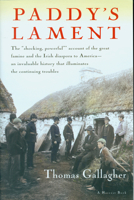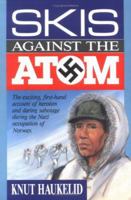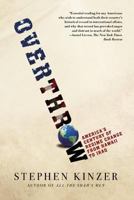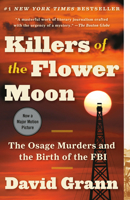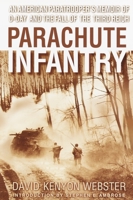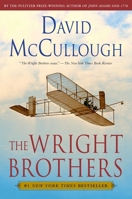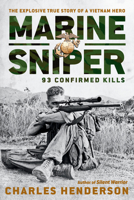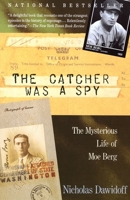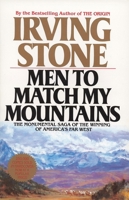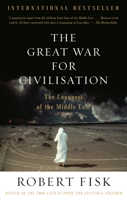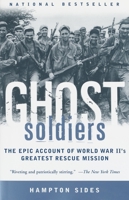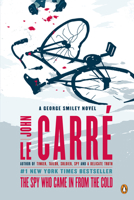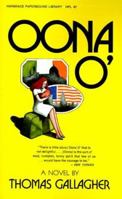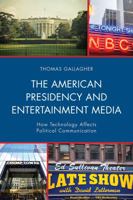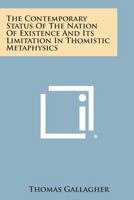Assault in Norway
Select Format
Select Condition 
You Might Also Enjoy
Book Overview
"An exciting and dramatic episode."-Library Journal"Cliff-hanging suspense."-Christian Science MonitorAssault in Norway is the classic account of a legendary raid on the Nazi war program. By 1942 Germany had a seemingly insurmountable lead over the Allies in developing an atomic bomb. Contributing to this situation was its access to a crucial ingredient: "heavy water," found in great abundance at a fortresslike factory in occupied Norway. Allied hopes...
Customer Reviews
Rated 5 starsOne of the most exciting war stories I've ever read
During World War II, the Allied High Command was determined to prevent the Nazis from developing an atomic bomb. Many of Europe's top-class physicists had fled from fascism, e.g. Enrico Fermi and Leo Szilard, but others had remained behind. Once the Germans had invaded Norway in 1940, they increased production of heavy water at the Vemork hydroelectric plant, which was the first installation in the world to mass-produce...
3Report
Rated 5 starsHeroics in the highest sense of the word!
While teaching chemistry this year, I came across the word deuterium, which stands for what is called 'heavy water.' I was browsing around looking for more information on the difference between regular hydrogen, deuterium, and tritium, for my class...as I have found that the more history given in chemistry classes, the more the students are likely to remember technical information if they understand what it was used for. ...
1Report
Rated 5 starscliff hanging suspense
The world might be very different if the Nazi war machine had developed the atom bomb before their defeat in WW II. They were working on it at the same time the "Manhattan Project" was under way in Chicago and later in New Mexico. A critical part of the German effort to develop "the bomb" was located in occupied Norway where the Nazi's were manufacturing "heavy water". This is the story of the allies first hindered, then...
1Report
Rated 5 starsThe best book I've ever read. Period.
This book describes the true, heroic, and absolutely amazing efforts of a small team of commandos in one of the most exciting events of WW II. What these brave men suffered through and eventually pulled off is beyond belief. If you enjoy action in the vein of the movie "Where Eagles Dare", military stories in the style of Bravo Two Zero, or if you simply enjoy history, this will be the most important book in your library...
0Report
Rated 5 starsAn Old Friend Whose Work Deserves a Resurgence
Thomas Gallagher was an old family friend, so in some respects my review of his works may be slightly biased. In fact, in the years before he died, he was a mentor to me in my own writing. Unfortunately, he passed on before he could see that I dedicated my first novel to him.In terms of his books, PADDY'S LAMENT and ASSAULT IN NORWAY are among his best. Mr. Gallagher always had a talent for taking an obscure event in history...
0Report










